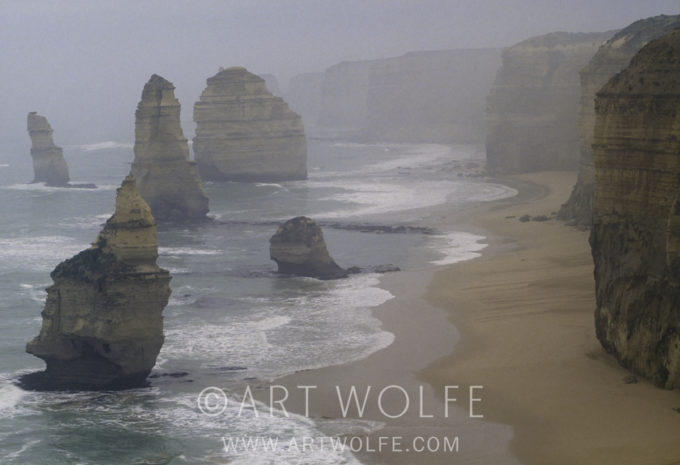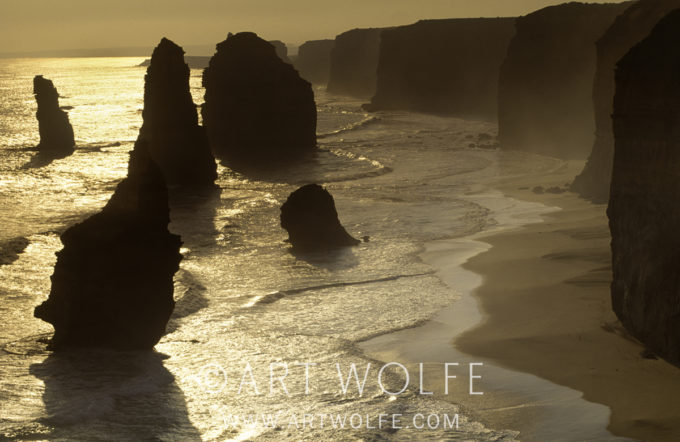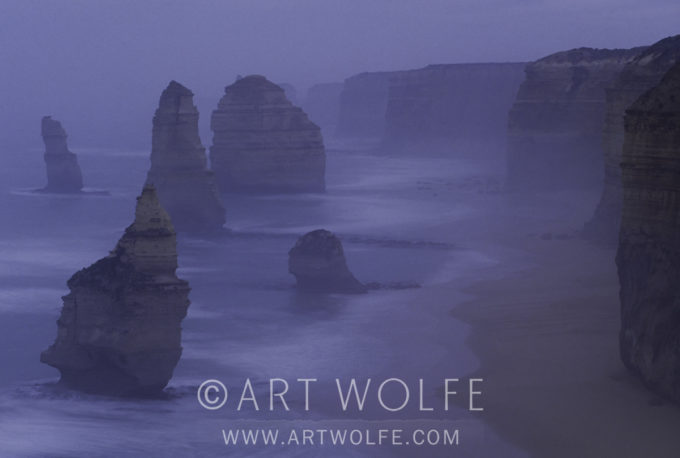Technique Tuesday: Quality of Light & Time of Day
Full midday sunlight is usually the worst for photography. Its direct overhead lighting produces flatness of form and washed-out colors. Most professional photographers choose mornings or afternoons, when light moves toward the warmer end of the spectrum. But it is not just for warmth of color; early and late in the day, the tonal range is less extreme. Digital cameras can record more subtle gradations of tone than was possible with film, but are still limited in how much dynamic range they can capture in a single photo. Under conditions of extreme contrast it is not always possible to record the full range of values.
You could think of the image sensor as being like the human eye, but not nearly as sensitive to the full range of light. In bright light, the eye can see all the tonal values from the brightest highlights to the darkest shadows because the iris automatically adjusts to the different light levels. Our brain also tells us what to expect. For example, a scarlet tanager registers the same color red in our mind, even though we might see it in sunlight or in shade. Cameras, however, have a smaller parameter of sensitivity. Their response to tonal extremes varies depending on the specific sensor used in a given camera model.

AW: I first photographed the Twelve Apostles, sea stacks off the southern coast of Australia, early in the morning, which resulted in a very pastel image.

MH: This series reminds me of the famous painting series, by French Impressionist Claude Monet, of the Rouen Cathedral. He always painted the façade from the same vantage point, but under different light conditions at different times of the day and year. The resulting comparisons were a symphony of color tapestries with varying vibrations and moods. The cathedral was not the point. It was the effect light had on its appearance.

Unlike the tourist who stood on the edge of the Grand Canyon, snapped his photo, and then said, “Okay, let’s go, I’ve got it,” we could stand in the same spot, every day, 365 days of the year, and have 365 different images. The subject will be the same. But it will not look the same because the lighting conditions will differ.

Color, as we saw in chapter 4, elicits an emotional response. Mood by itself can be the subject of a photo, as it is in these four images. But more important, mood is one emotional link the photographer shares with the viewer. Each of us can probably pick a favorite. It might be interesting to ask yourself why you like one more than another.
Excerpt from “The New Art of Photographing Nature”.


Invaluable lesson, thank you very much for sharing it. Greetings from Brazil.